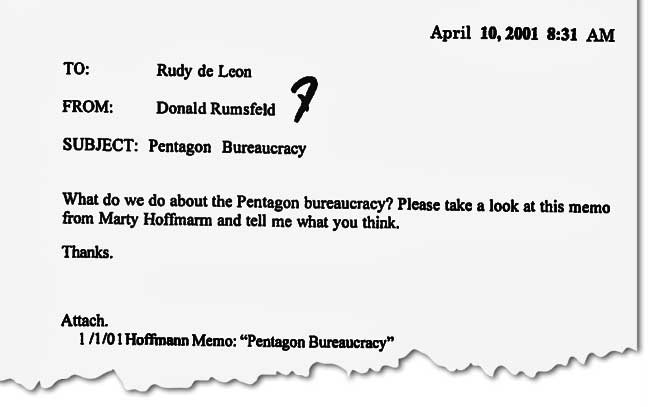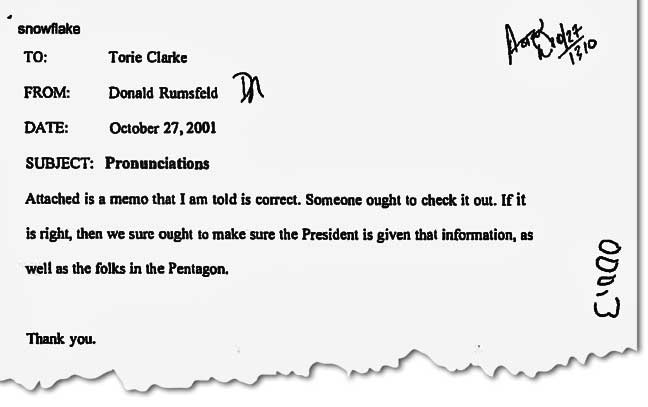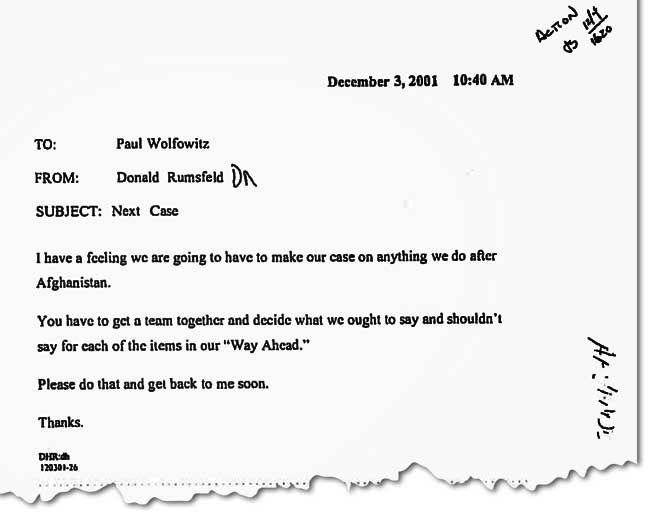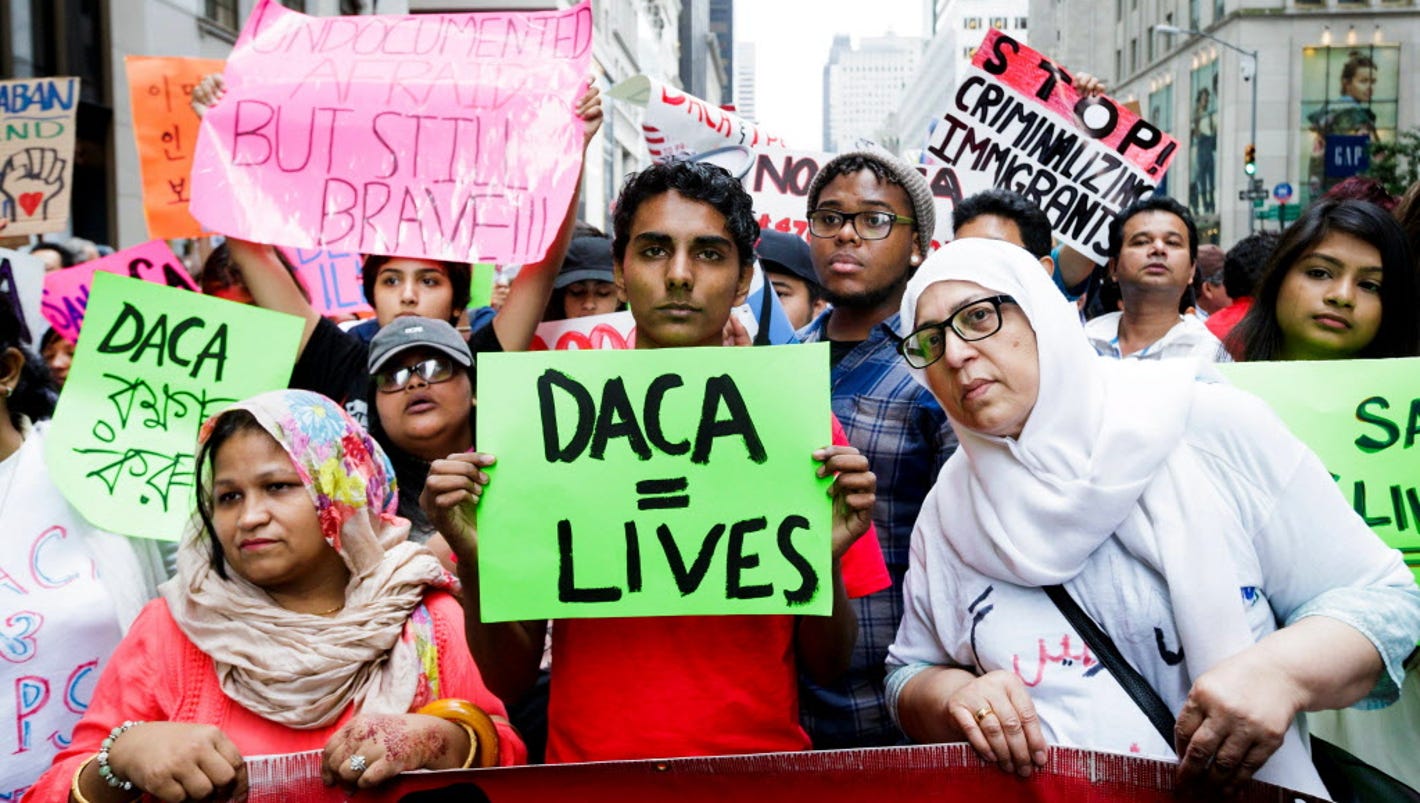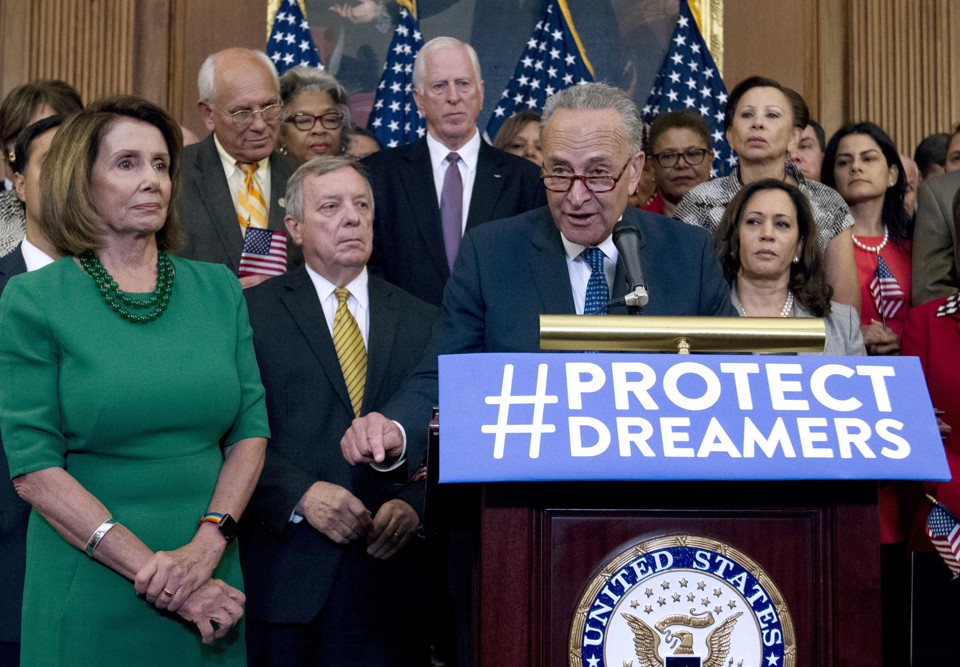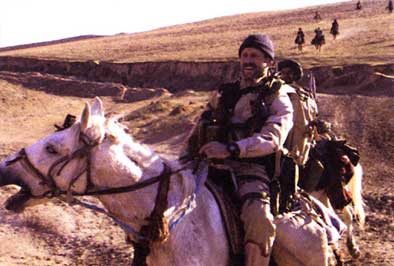But we cant trust the Chinese….now or ever. Is this World Economic Forum a setup for world leaders? Just could be. So far, full reliance and trust with China regarding control of North Korea has been a fool’s errand.
A ‘fractured’ world, enhancing globalization and then the United States…where does she fit in? Hummm
There is this stupid thing called the One China Policy. President Xi Jinping has exploited this agreement from 1972 and he is taking control of Asia and moving east to the cultural and economic and military expense of other nations. The One China Policy devours Taiwan completely. But there is more as defined in the China Constitution.
The latest trade bout is over President Trump’s moves against hardware—solar panels for now, with steel, aluminum and billions of dollars in machinery behind that in the “imbalance” that the U.S. administration resolves to rectify. These accounts are subject to various distortions—the iphone being the classic case of misplaced export-import value—but arithmetic is what matters in Washington today. (Is the weakening dollar buying any quiet?)
In technology there is a welter of issues ranging from perceived security threats to the American state (Huawei blocked again) to perceived threats to the Chinese state (Internet social media). Mixed into that are matters of piracy and intellectual property and barriers to trade (for example, the Great Firewall’s boost to China’s internal Web economy). Perversely, a cyber age that ought to bring the world closer is aggravating tensions between the two greatest economies.
This second contentious area connects to worsening fears among Western intellectuals about freedom of dissent in China as repression under Xi Jinping is stepped up. Even more broadly, the U.S. establishment has grown wearily cynical about the fundamental hope underlying China’s accession to the WTO in 2000: That, in granting Beijing a pass on massive disruption of American industry through lower-cost production, the West was winning a liberalization of China that would pay dividends for generations. Only the die-hard Sinophiles believe that now. One upshot: A heightened guardedness about strategic industries on the American side, too.
Finally, there’s the military front. Xi has made clear his intent to finish modernizing the Chinese force to project power for, he says, his country’s legitimate (and peaceful) ends. Those clearly entail more presence, or dominance, of naval areas, including the South China Sea, as well as the trade routes extended vastly through the Belt and Road Initiative. That inevitably leads to encirclement alarms in smaller rival nations and, oh yes, in the US Navy as well. This is likely to result in a series of skirmishes and other rubs that the world can survive. More here from Forbes.
Davos’ theme in sync with China’s policies: expert
China’s shared future ideal will benefit ‘fractured world’
This year’s theme of the World Economic Forum (WEF) meeting in Davos, Switzerland – Creating a Shared Future in a Fractured World – fits perfectly with China’s economic foreign policies and the Belt and Road initiative, say Chinese economists and experts.
Some 70 heads of state and government and 38 leaders of international organizations are heading for Davos and the annual WEF which runs from Tuesday to Friday.
This year China’s participation at the forum will focus on more specific areas and measures to boost the world economy and promote rulemaking to reform globalization, experts said.
China will be represented by Liu He, a member of the Political Bureau of the Communist Party of China Central Committee and director of the General Office of the Central Leading Group for Financial and Economic Affairs, the Xinhua News Agency reported.
National leaders including French President Emmanuel Macron, Canadian Prime Minister Justin Trudeau, German Chancellor Angela Merkel and Indian Prime Minister Narendra Modi will also attend the WEF.
Chinese President Xi Jinping told last year’s WEF that China was determined to safeguard free trade and globalization.
His ideas were well received and have encouraged leaders of other countries to use the WEF to expand their influence, Bai Ming, a research fellow at the Chinese Academy of International Trade and Economic Cooperation, told the Global Times on Monday.
“This year, Liu, as the senior official in charge of financial and economic areas, will bring more specific and targeted ideas to the forum,” said Bai.
With this year’s theme focused on a “Fractured World,” Klaus Schwab, founder and chief executive of the WEF, told the Xinhua News Agency that nations and economies are increasingly adopting competitive positions due to divergent interests, and fractures are also emerging within countries, as many societies continue to face instability.
“Regional integration, which has been encouraged globally in the past, has also caused fractures for globalization,” said Wang Yiwei, the Jean Monnet chair professor at Renmin University of China, while commenting on the competition between countries and coalitions from different regions.
Wang believes China’s Belt and Road initiative will turn competition into cooperation by establishing inter-connection between countries of different regions by boosting infrastructure cooperation, free trade and investment.
“China’s ambition to build ‘a community of a shared future for mankind’ has perfectly matched the theme of the WEF this year,” he said.
China can also push rulemaking in emerging fields like artificial intelligence and e-commerce, which could activate the next round of economic growth, with China as a leading country in these areas, Wang added.
Jack Ma and Liu Qiangdong, founders of China’s e-commerce giants Alibaba and JD.com, will also attend the forum.
China’s representative Liu has been an advocate of open and common interests with other countries.
Divided and uncertain West
However, the US will sell “America First” at the WEF, and Trump’s tax reforms are likely to directly impact the EU by attracting high-tech enterprises from Europe. This scenario could lead other major economies to back away from seeking common interests, and struggles of different interests could emerge at the WEF, Bai said.
“Western leaders are all impacted by their domestic politics, and in many cases, domestic pressure will impact their decision-making in the international arena. China is the most united and certain major economy, and it will continue to be the main engine of the global economic recovery,” Wang said.
“China is more reliable than others,” he added.


